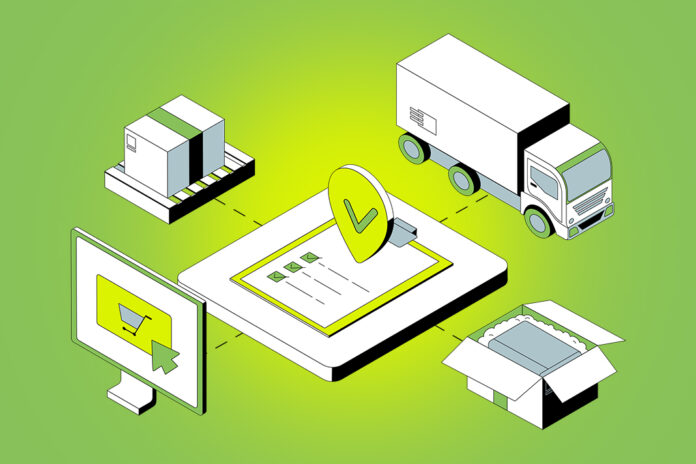In an era where supply chain disruptions have become a norm rather than an exception, businesses that aspire to thrive must adopt sophisticated and nuanced strategies to safeguard their operations.
Inventory Buffering with a Twist
While maintaining inventory buffers is a traditional approach to mitigating supply chain disruptions, the informed strategy goes beyond mere stockpiling. It involves dynamic inventory management, where buffer levels are continuously adjusted based on real-time market signals, predictive analytics, and machine learning algorithms. This approach not only ensures optimal stock levels to guard against disruptions but also significantly reduces the carrying costs associated with excess inventory.
Crafting a Dynamic Supply Chain Management Strategy
A robust supply chain management strategy in today’s volatile environment requires agility and the ability to pivot quickly. This involves the creation of a digital twin of the supply chain, enabling real-time monitoring and simulation of changes. Supply chain leaders should establish a control tower—a centralized hub equipped with advanced analytics and machine learning capabilities—to monitor supply chain health, predict potential disruptions, and initiate pre-emptive adjustments.
Investment in Technological Resilience and Flexibility
Investing in technology is paramount for achieving supply chain resilience and flexibility. Blockchain technology, for instance, can enhance transparency and trust across the supply chain, while IoT devices can provide real-time tracking of goods and materials. Furthermore, AI and machine learning can forecast demand more accurately, identify patterns indicating potential disruptions, and suggest optimal responses.
Collaborative Ecosystems for Enhanced Resilience
Building resilience into supply chains is no longer an individual company’s endeavor; it requires collaboration across the entire supply chain ecosystem. This involves creating partnerships and alliances with suppliers, logistics providers, and even competitors to share resources, information, and strategies for mutual benefit. Such collaborative networks can enhance visibility, flexibility, and the collective ability to respond to disruptions.
For the well-informed audience, it’s clear that navigating supply chain disruptions requires more than just a set of best practices; it demands a strategic, technology-driven approach that embraces complexity and leverages collaboration. By adopting advanced diversification strategies, dynamic inventory management, a digital twin of the supply chain, investment in cutting-edge technologies, and fostering a collaborative ecosystem, businesses can not only withstand the challenges of today’s volatile market but also turn their supply chain into a source of competitive advantage. The future of supply chain management lies in the ability to anticipate, adapt, and innovate, ensuring not just survival but thriving in an ever-changing global landscape.







